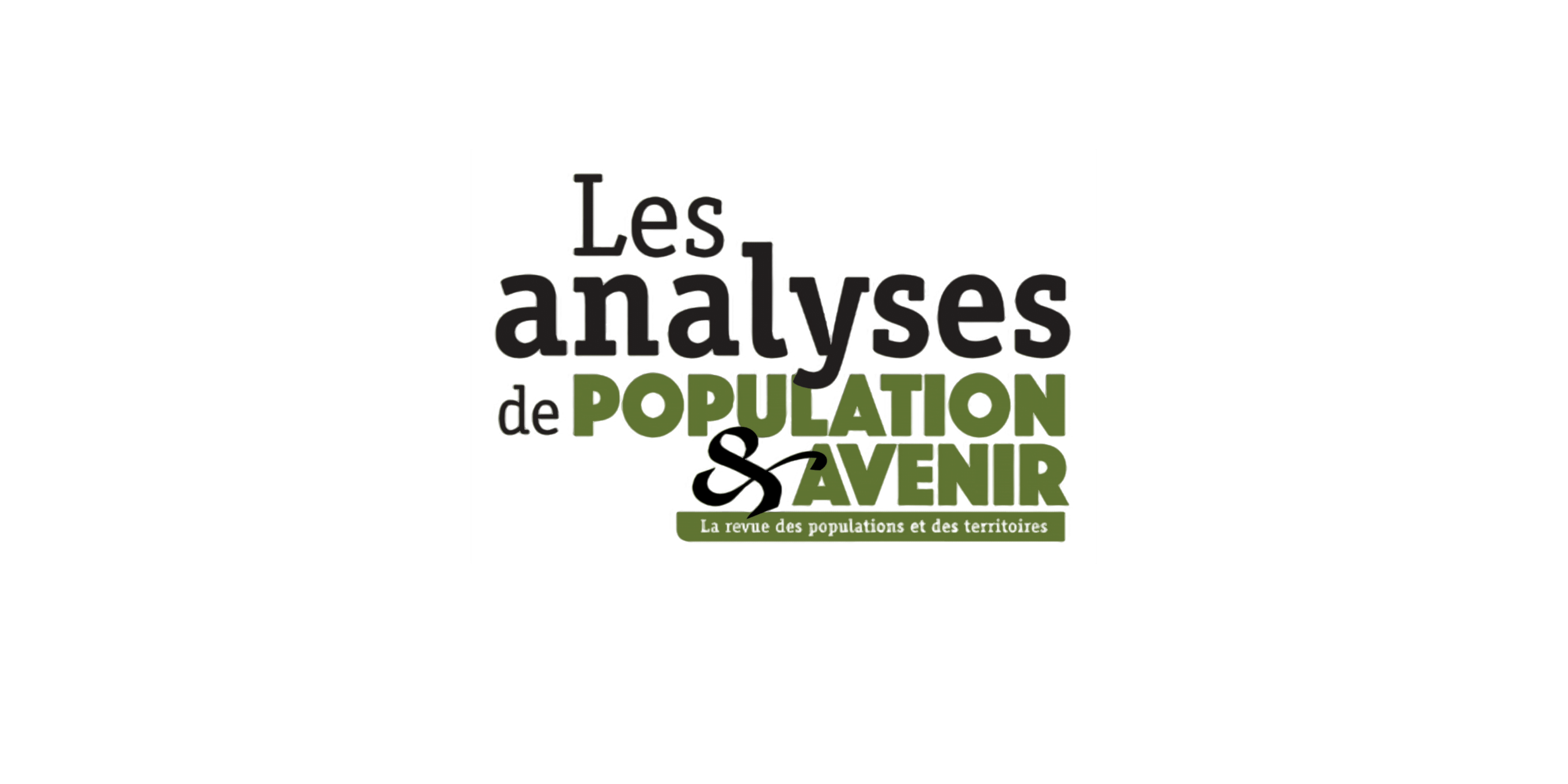The incredible historical variations in fertility in European countries Essential lessons for foresight
By Jean-Paul Sardon, Gérard Calot
English
Among the variations in fertility in twentieth-century Europe, the most often cited, characterized by a period of relatively high fertility, is the baby boom. But wasn’t from the mid-1930s that fertility reached its lowest point in most countries for which reliable information is available? Was the baby boom going to happen whether or not the war came? Did the baby boom occur at the same time, with the same intensity and duration in European countries? The answers to these questions provide essential lessons for population geography forecasting.
- fertility
- history
- foresight
- geography
- population
- population geography
- demography
- fertility index
- birth rate
- nuptiality
- female first marriage
- World War II
- baby boom
- Europe
- France
- Germany
- Austria
- England & Wales
- Belgium
- Denmark
- Spain
- Finland
- Norway
- Netherlands
- Portugal
- Sweden
- Switzerland
- Czechoslovakia
